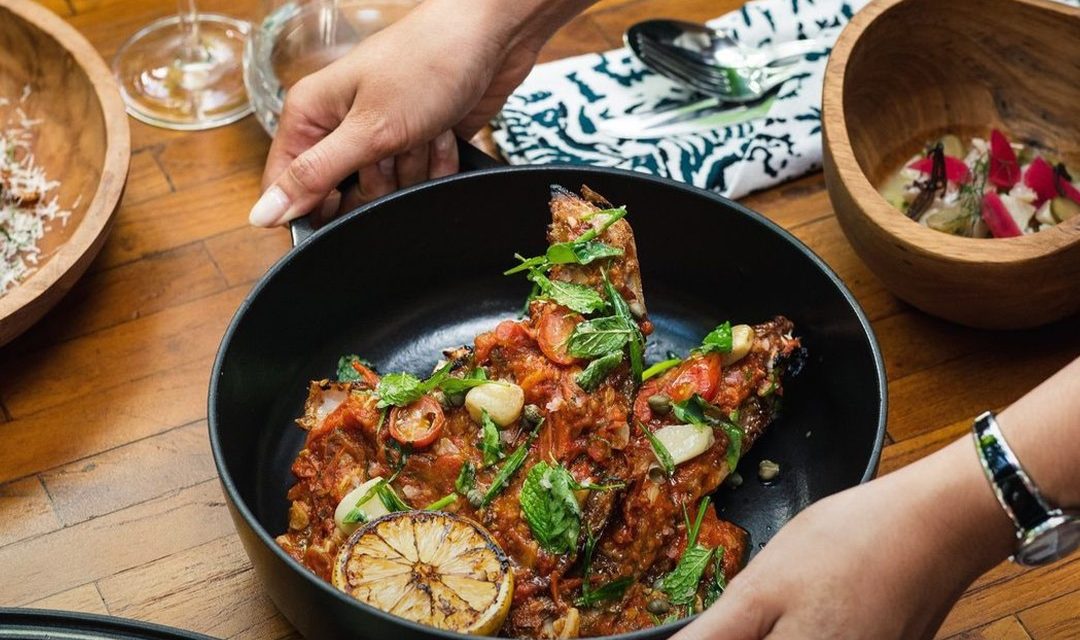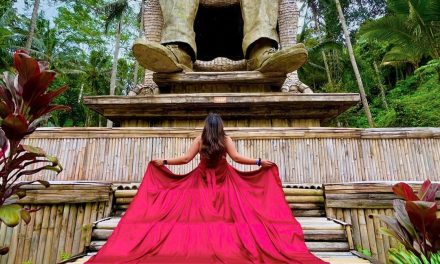If you’re dreaming of lush landscapes, vibrant culture, and the soothing sounds of traditional Balinese music, Ubud envisions it all. This central town in Bali is not just a haven for art, yoga, and spiritual healing but also home to an array of colorful festivals throughout the year. The festivals reflect the rich Balinese culture and are a wonderful way for travelers to connect with the community. But when is the best time to visit Ubud for festivals? Let’s dive into the rhythm of Ubud’s festivities!
A Trip Down Memory Lane
I’ll never forget my first visit to Ubud during the Galungan festival. Picture this: the air is fragrant with a mix of incense and flowers, and everywhere you look, colorful decorations adorn temples and streets. Locals wear their best batik attire, and the sense of community is palpable. I was mesmerized by a traditional dance performance at the Ubud Palace, with the vibrant costumes and enthralling movements telling stories of generations past. If you’re a culture enthusiast like me, timing your trip to coincide with these festivals can create unforgettable memories.
Key Festivals in Ubud
To help you plan your journey to this enchanting town, let’s explore some of Ubud’s most notable festivals:
1. Galungan and Kuningan (every 210 days)
Galungan is one of the most important Hindu festivals in Bali, marking the triumph of dharma (good) over adharma (evil). It occurs every 210 days, giving you a unique chance to experience this celebration—so the dates change each year! During Galungan, intricately decorated penjor (bamboo poles) line the streets, and the air is infused with the scent of offerings like rice and flowers.
Practical Tip: Confirm the dates for Galungan if you’re planning to visit. It typically lasts for ten days, culminating in Kuningan, where families pay homage to their ancestors.
2. Ubud Writers & Readers Festival (October)
For those who find solace in the written word, the Ubud Writers & Readers Festival is a must! Held in October, this internationally acclaimed event brings together renowned authors, speakers, and creative minds from around the globe. I recall sitting in a packed tent with fellow bookworms, sharing insights and enjoying readings that captivated our imaginations.
What to Expect: Engage in workshops, discussions, and even book signings. If you love literature, prepare for a day filled with inspiration, ideas, and perhaps the chance to meet your literary heroes!
3. Nyepi (March)
Also known as the Day of Silence, Nyepi is unlike any festival you might have experienced elsewhere. This day marks the Balinese New Year and is celebrated with a day of fasting, meditation, and silence. However, the day before Nyepi is an exuberant celebration filled with processions, ogoh-ogoh (gigantic, demon-like effigies), and parades. The vibrant colors and lively atmosphere are remarkable!
Personal Anecdote: I joined a local procession that day, holding onto an ogoh-ogoh while getting swept away by the excitement of drummers and dancers. By the time we reached the beach, the atmosphere was electric with anticipation. The next day, however, everyone retreats into silence—the contrast is truly enlightening.
4. Bali Art Festival (June – July)
Spanning over a month, the Bali Art Festival showcases music, dance, and art from every corner of the island. Ubud is often the heart of these celebrations, inviting attendees to immerse themselves in Balinese culture. As I wandered through the art exhibitions and attended performances, I felt deeply connected to the island’s artistic spirit.
Insider Insight: Check out the nightly performances at the festival grounds. The vibrant energy and talented artists weave a tapestry of cultural narratives that you simply cannot miss.
Planning Ahead
When contemplating the best time to visit Ubud for festivals, consider these factors:
– Weather: Bali has two main seasons: the dry season (April to September) and the wet season (October to March). For most festivals, the dry season is ideal. The sun is shining, and rain is less likely to disrupt your plans.
– Crowd Levels: Popular festival dates can attract many visitors. If you prefer a quieter experience, plan your trip just before the peak festival times. However, experiencing the festival itself can be one of the most rewarding aspects of your visit.
– Accommodation: Book your stay in advance, especially during major festivals. Due to the influx of visitors, availability can be scarce, and prices may rise as the dates approach.
Conclusion
Visiting Ubud during its various festivals opens a door to deep cultural immersion and unforgettable experiences. From vibrant parades to tranquil moments of reflection, each festival has a unique flavor that adds to the charm of Ubud. Whether it’s dancing with the locals during Galungan or listening to a literary discussion at the Writers & Readers Festival, timing your visit to coincide with these events can enrich your travel experience beyond measure. So, pack your bags, check the festival calendar, and get ready to create your own stories amidst the beautiful backdrop of Ubud!






